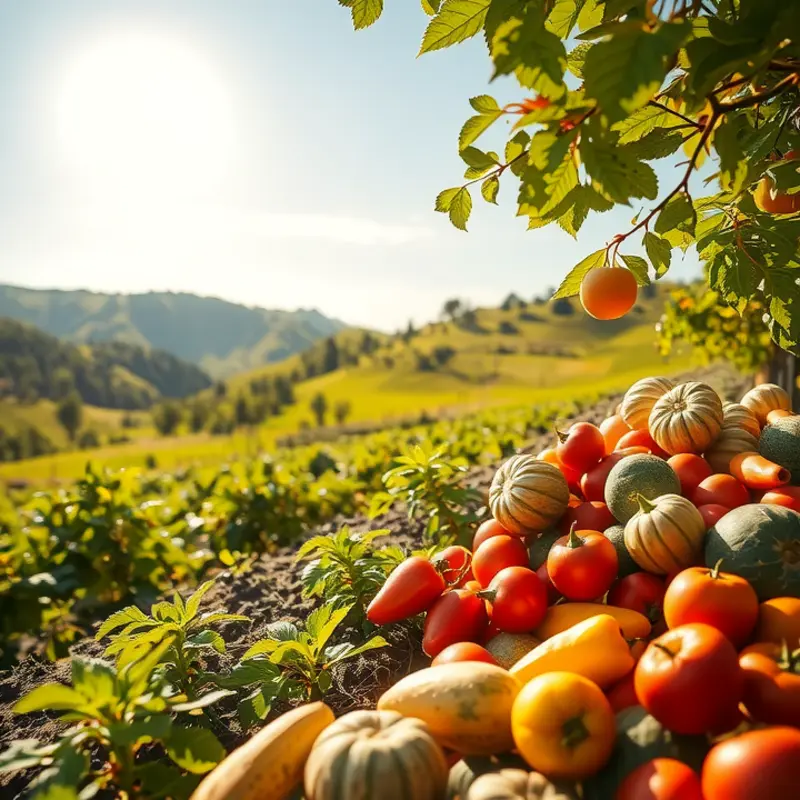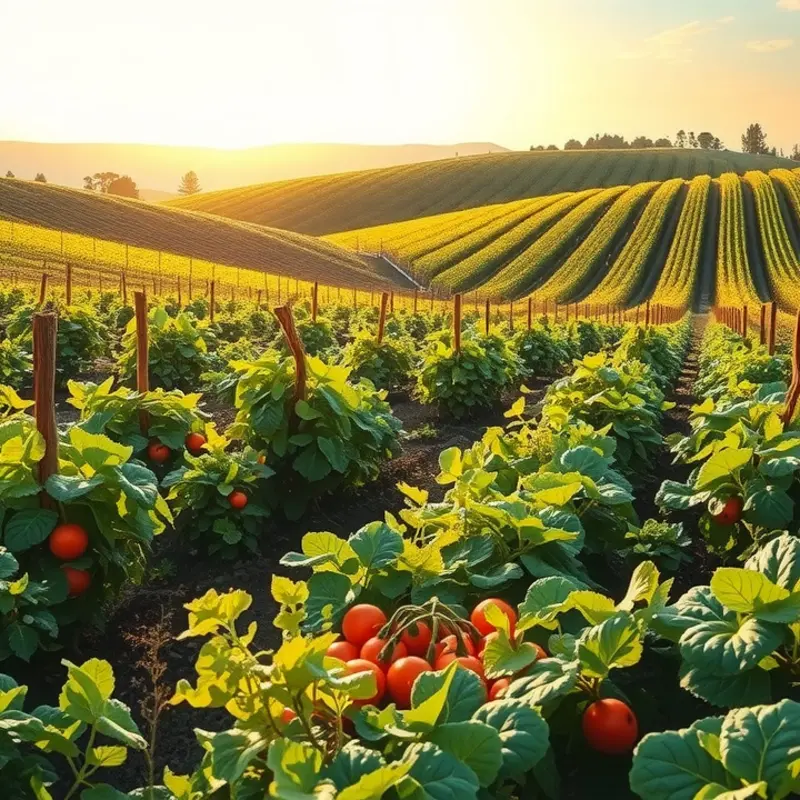Effectively managing leftovers not only minimizes food waste but also saves time and money. By employing practical storage techniques, you can keep your meals safe, fresh, and tasty for longer periods. This guide empowers you with essential strategies that streamline the process of storing food, ensuring it remains in top condition while encouraging a more sustainable kitchen practice.
The Right Containers for Leftover Storage

Choosing the right containers is essential for keeping your leftovers fresh and safe. Not all containers are created equal, and making thoughtful choices can significantly impact how long your food lasts. Here’s what to consider when selecting storage options.
Material Matters
First, decide on the material. Glass and plastic are two popular choices, each with its own advantages. Glass containers are excellent for preventing the absorption of smells and stains. They are also safe for microwaving and can often transition from fridge to oven with little fuss. Conversely, plastic containers are lighter and less prone to breaking, making them suitable for on-the-go lunches. However, be mindful of the type of plastic, opting for BPA-free options to avoid chemical exposure.
Seal the Deal
The effectiveness of a container’s seal is critical for freshness. A good seal prevents air from entering, slowing down the spoilage process. Look for containers with snap-lock lids that offer an airtight closure. These not only maintain freshness but also help prevent spills and cross-contamination.
Size and Stackability
Consider the sizes that best match your needs. It’s beneficial to have a variety of sizes available, from small containers for sauces or single servings to larger ones for family-sized dishes. Containers that stack neatly can greatly help in making the most of limited fridge space. Look for options that have interlocking lids or are particularly designed for easy stacking.
Transparent Choices
See-through containers offer a practical advantage, allowing you to identify contents at a glance. This can reduce the food waste associated with forgotten leftovers. Transparency also enables a more efficient organization of your refrigerator.
Safety Considerations
Safety is paramount in food storage. Ensure containers can withstand the temperatures they’ll encounter, whether that’s the freezer, the fridge, or the microwave. Handling food safely also involves understanding food storage safety guidelines, which you can explore further here.
Organizing Smartly
A cluttered fridge is a recipe for forgotten food. Organize your storage smartly by keeping older leftovers at the front and clearly labeling containers with dates. This simple practice helps reduce waste and ensures you consume food at its peak.
Selecting the correct containers and organizing them efficiently supports maximizing freshness and minimizing waste. By considering material, seal quality, size, and safety, you can ensure your leftovers remain delicious and safe for consumption.
Best Practices for Storing Leftovers

Storing leftovers properly is crucial for maintaining their freshness while minimizing food waste. Implementing effective storage methods includes steps like cooling, labeling, and reheating, all of which are essential for ensuring leftovers remain safe and delicious.
To start, proper cooling is fundamental. Leftovers should be cooled quickly to prevent bacterial growth. An efficient method is to divide food into smaller portions and place them in shallow containers. This allows food to cool more uniformly and quickly. Aim to have leftovers in the refrigerator within two hours of cooking to ensure they remain safe.
Labeling leftovers might seem like a small detail, but it plays a significant role in minimizing waste. Mark containers with the date and description of the contents as it helps track how long items have been stored. Utilize a consistent and clear labeling system, such as a piece of tape or sticky note with the date written on it. This practice prevents the guessing game of determining what’s inside the container and helps prioritize what needs to be consumed first.
When it comes time to reheat leftovers, the key is to ensure they are heated thoroughly. The food should reach an internal temperature of 165°F (74°C) to be considered safe for consumption. Using a food thermometer can help ensure food reaches this temperature throughout. Microwaves, while convenient, can heat unevenly, so stir the contents halfway through to promote even heating.
Additionally, consider the type of container used for storage. Materials like glass, stainless steel, or BPA-free plastic are preferable. They should be airtight to keep out excess air and moisture, which can lead to spoilage. An airtight seal also helps to preserve flavors and textures.
Be mindful of different food types and their specific storage needs. For instance, sauces and soups often have their set of guidelines for safe storage. Exploring safe storage practices for sauces can prevent spoilage and extend their life (see this guide).
Incorporating these practices into your routine not only extends the shelf life of your leftovers but also contributes to reducing food waste in a sustainable manner. Understanding the dynamics of proper food storage can transform your approach to leftover management, leading to both economic savings and a reduced environmental footprint. With these strategies, you can relish your leftovers with the same satisfaction as when they were freshly prepared.
Final words
Storing leftovers effectively not only helps in reducing food waste but also enhances your meal prep efficiency. By choosing the right containers and adhering to best practices such as proper cooling and labeling, you can enjoy your meals at their best quality while maintaining a more sustainable kitchen. Implement these practical tips today to make a positive impact on your food management and enjoy delicious, home-cooked leftovers for days to come.







